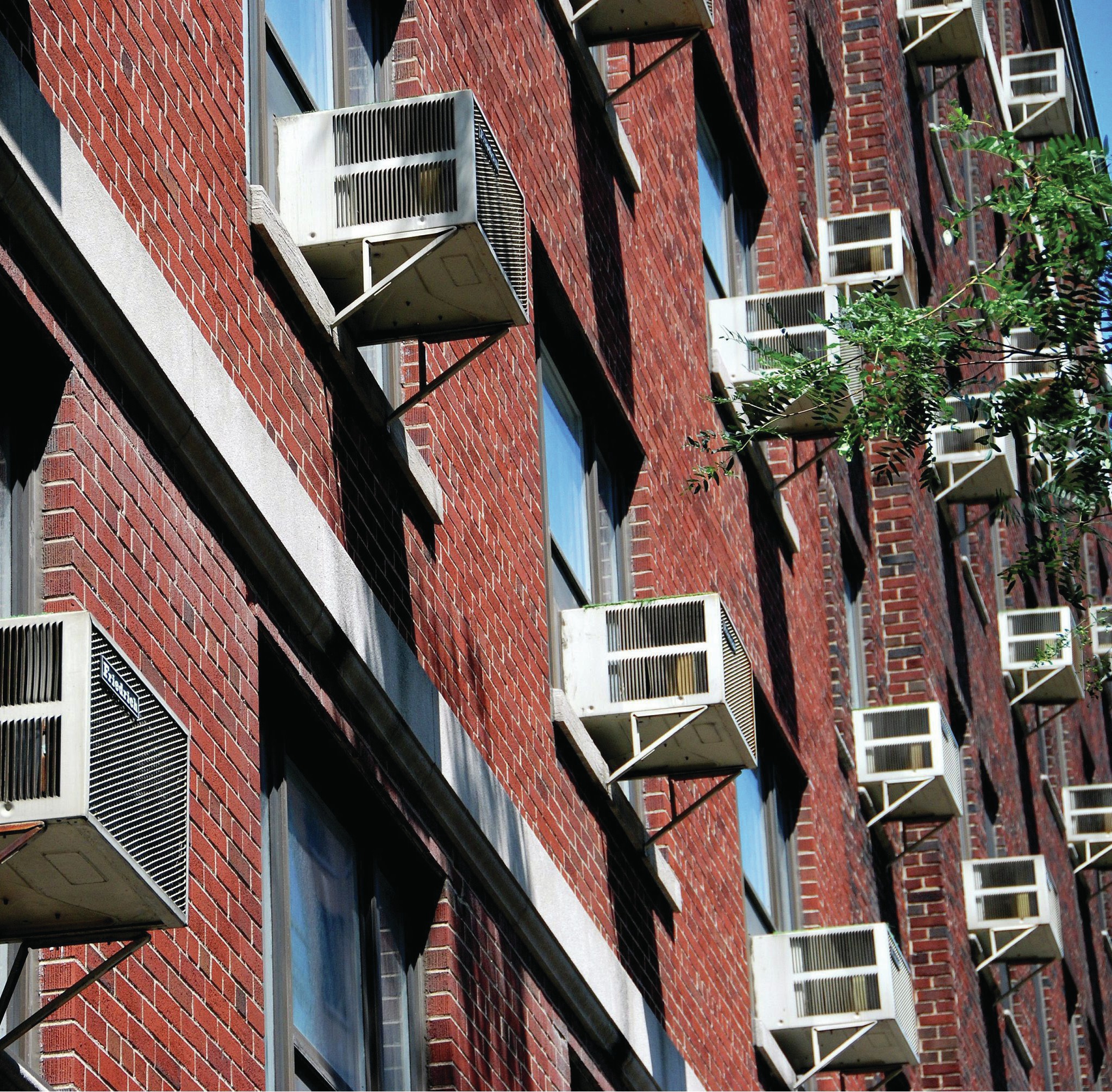
Did you know that the rate of growth of the world’s population is actually slowing? The peak of growth came in the late 1960s, when the number of people was rising by almost 2% a year. Now the growth rate is half that. Fertility rates are at a current global average of 2.5 children per woman. The United Nations expects them to go down to the replacement rate of 2.1 children per woman by 2100. This is shown by the line of medium growth in Figure 1.
Humans have profoundly changed the Earth’s climate, its level of greenhouse gases, its biodiversity and oceanic acidity. But size of population alone does not determine this. Over the year 2007, each American and Australian emitted almost 20 tonnes of carbon dioxide. In contrast, in more than 60 countries — including the vast majority of African ones — carbon dioxide emissions were less than 1 tonne per person.
Your organisation does not have access to this article.
Sign up today to give your students the edge they need to achieve their best grades with subject expertise
Subscribe




